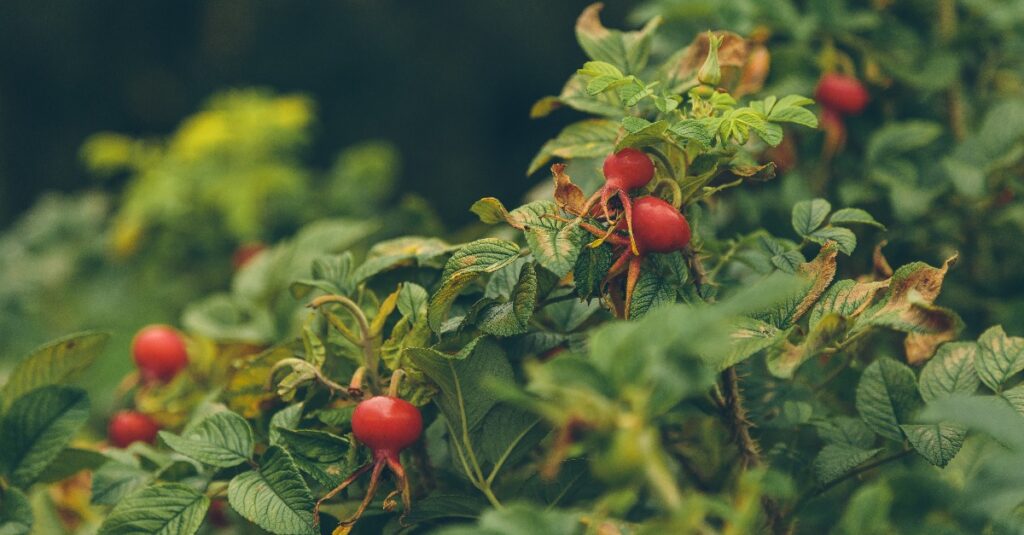Food Forest

Do you ever get that feeling when you’re sitting outside, amongst the trees and grass and wildlife, that things are just good? You can’t understand the network of relationships around you, but you can feel the balance. There’s a sense of peace in knowing that you will never fully understand, but that somehow the world still holds together. We have a place amongst the many ecosystems that ironically often hold the clues for keeping society together. And it’s how we manage these ecosystems and food resources that make a true difference.
That feeling in terms of food production has a name: Food Forests!
Food forests support forest ecosystems and connect communities with nature. They contain a variety of food plants to replicate the ecosystems and grow patterns around us. Edible species in a food forest fill the niche roles found in natural forest ecosystems and over time these resilient systems will continue to function with little human input or management, and hopefully increased outputs.
Most people recognize seven layers in a forest: an overstory tree layer, an understory tree layer, a shrub layer, an herbaceous layer, a root layer, a ground cover layer, and a vine layer (mushrooms too if you want an eighth). So, for example, you could have an apple tree, haskap bushes, hops vines, rhubarb plants, asparagus, carrots, mushrooms, and more, all complementarily growing in the same space. Food forests are multi-dimensional and contain everything needed to cook an entire meal in one area. But a food forest is about so much more than just the goods it produces.
Communal food forests help to address the need for urban food security, social justice, resilient communities, and productive public land. In addition to sustainably producing food, they are a tool for learning about ecology, starting seed banking and genetic plant material collection for propagation, bringing ethnically diverse neighborhoods together, allowing partnerships between organizations, promoting food literacy and civic engagement, and introducing cultural practices such as foraging. There are many ways to make a food forest successful, but they often require volunteers, grant funding, and effective land management.
By no means do I claim to know the best method of starting a food forest or developing a micro-ecosystem to support your area, but what I do know is that we need more community engagement with our food. There is some truth in the statement that ‘it takes a village’. Imagine a space near your home where you and your neighbors can go to experience both community and nature. A space that can add nutrition to the plate for your children. A space that you helped to build…
Written by Nikira Lane, agAlaska Ag Tech Specialist


Comments are closed